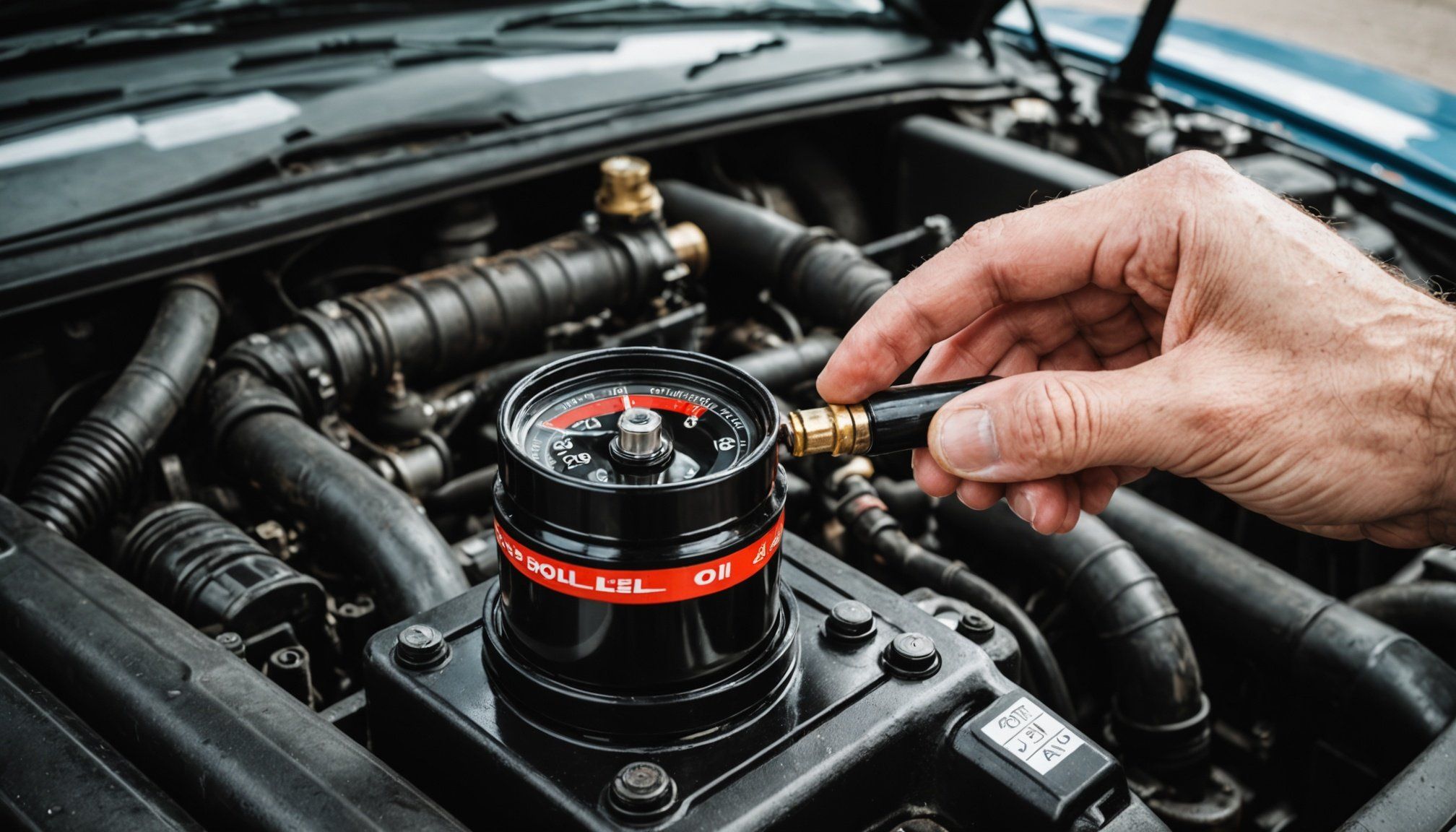Maintaining your vehicle’s engine is crucial for ensuring its longevity and optimal performance. One of the most important maintenance tasks you can perform is checking the oil level. Regularly monitoring your oil is essential because it helps keep your engine running smoothly, reduces wear and tear, and can prevent costly repairs. In this article, we will guide you through the steps to accurately check your engine’s oil level and explain why this task is vital for any vehicle owner.
Understanding the Role of Oil in Your Engine
Before jumping into the checking process, it’s essential to understand the role of oil in your engine. The oil serves several critical functions that keep your engine healthy. Firstly, it lubricates moving parts, minimizing friction and preventing overheating. Without adequate oil, components like pistons and bearings can wear out quickly, leading to serious engine damage.
Also read : What role does regular car servicing play in maintaining your vehicle’s warranty?
Secondly, oil helps clean the engine by trapping dirt and debris. As it circulates, it picks up particles that could otherwise accumulate and cause blockages or damage. Additionally, oil plays a vital role in sealing the combustion chamber, ensuring efficient fuel consumption and power generation.
When your oil level is low, these functions can be compromised, leading to potential engine failure. Thus, regularly checking the oil level is not just a routine task; it is a crucial practice that can extend the life of your vehicle.
Also to discover : What are the best strategies for driving economically and reducing your carbon footprint?
Moreover, the type and quality of oil you use in your engine are also significant factors. Different vehicles may require specific types of oil, such as synthetic or conventional. Always refer to your owner’s manual for the correct specifications and recommendations.
How to Check Your Engine’s Oil Level Accurately
To ensure your engine is well-lubricated, you need to know how to check your oil level correctly. Here’s a straightforward step-by-step guide:
-
Gather Your Tools: For this task, you will need a clean cloth or paper towel and possibly a funnel if you discover the need to add more oil.
-
Prepare Your Vehicle: Park your vehicle on a level surface. This ensures that you get an accurate reading. Turn off the engine and allow it to cool for about five to ten minutes. This waiting period allows the oil to settle in the oil pan instead of being in the engine components.
-
Locate the Dipstick: Open the hood of your vehicle and locate the dipstick. The dipstick usually has a brightly colored handle and is often labeled for easy identification.
-
Remove the Dipstick: Pull the dipstick out of the tube and wipe it clean with your cloth or paper towel. This will give you a fresh reading of your oil level.
-
Check the Oil Level: Insert the dipstick back into the tube fully and then pull it out once more. Look at the oil on the dipstick, which should indicate where your current oil level lies in relation to the markings. Most dipsticks have two marks to indicate the minimum and maximum levels. If the oil is below the minimum mark, your oil level is low.
-
Add Oil if Necessary: If you find that your oil level is indeed low, it’s time to add some. Consult your owner’s manual for the correct oil type and consult any nearby auto parts store to purchase the right product. Use a funnel to avoid spills and carefully pour in small amounts of oil until you reach the correct level.
-
Recheck the Level: After adding oil, wait a few moments, then repeat the dipstick check to ensure you’ve reached the desired level. It’s better to add a little at a time rather than over-filling your engine.
When to Check Your Oil Level
Knowing when to check your oil level is just as important as the process itself. Regular maintenance can help prevent engine issues before they arise. Here are a few guidelines on when to perform this essential task:
-
Monthly Checks: As a general rule, aim to check your oil level at least once a month. This will help you catch any potential problems early.
-
Before Long Trips: If you are planning to travel long distances, it’s wise to check your oil level before hitting the road. A long drive can put additional strain on your engine, and you want to ensure it is adequately lubricated.
-
After Heavy Usage: If you frequently drive in severe conditions, such as heavy traffic, mountainous terrain, or extreme weather, increase your checking frequency. These conditions can accelerate oil consumption and lead to low levels.
-
Post-Oil Change: After having your oil changed, it is a good practice to check the level within a few days. This ensures that the oil is at the correct level and that there are no leaks.
-
Indicator Lights: Pay attention to your vehicle’s dashboard. If the oil warning light appears, this is a clear sign to check your oil level immediately. Ignoring this warning can lead to severe engine damage.
By sticking to these guidelines, you can keep a vigilant eye on your engine’s health, avoiding unnecessary breakdowns and repairs.
The Impact of Low Oil Levels on Your Engine
Understanding the consequences of low oil levels is vital for any vehicle owner. If you neglect to check your oil and allow it to run low, you face several risks that could cause significant damage to your engine:
-
Overheating: Oil circulates through the engine, dissipating heat. When levels drop, overheating becomes a serious concern. High temperatures can warp engine components and lead to failures.
-
Increased Friction: Without sufficient oil, components of the engine experience heightened friction. This can lead to premature wear and tear, which will necessitate expensive repairs or even a complete engine replacement.
-
Sludge Build-up: Oil also serves to carry away debris and contaminants. When the oil level is low, the remaining oil can break down and form sludge, which clogs the engine. This can lead to much more severe problems.
-
Engine Seizure: In extreme cases, running on low oil can cause the engine to seize completely. This occurs when the internal components, lacking lubrication, grind against each other, leading to catastrophic failure.
-
Decreased Fuel Efficiency: An engine that is not adequately lubricated works harder, which can decrease your vehicle’s fuel efficiency. You may notice that you are filling up more frequently due to this additional strain.
The importance of maintaining your oil levels cannot be overstated. Regular checking and servicing can help you avoid these severe consequences and ensure your vehicle runs smoothly for years to come.
In summary, checking your vehicle’s oil level is a critical maintenance task that every vehicle owner should prioritize. Understanding the role of oil, knowing how to check it accurately, and recognizing the right times to perform this check can save you from costly repairs and ensure your engine operates efficiently. Remember, a little proactive maintenance goes a long way in keeping your vehicle in top condition, especially as the time for seasonal service approaches in November. Take charge of your vehicle’s health today by incorporating oil checks into your routine!











